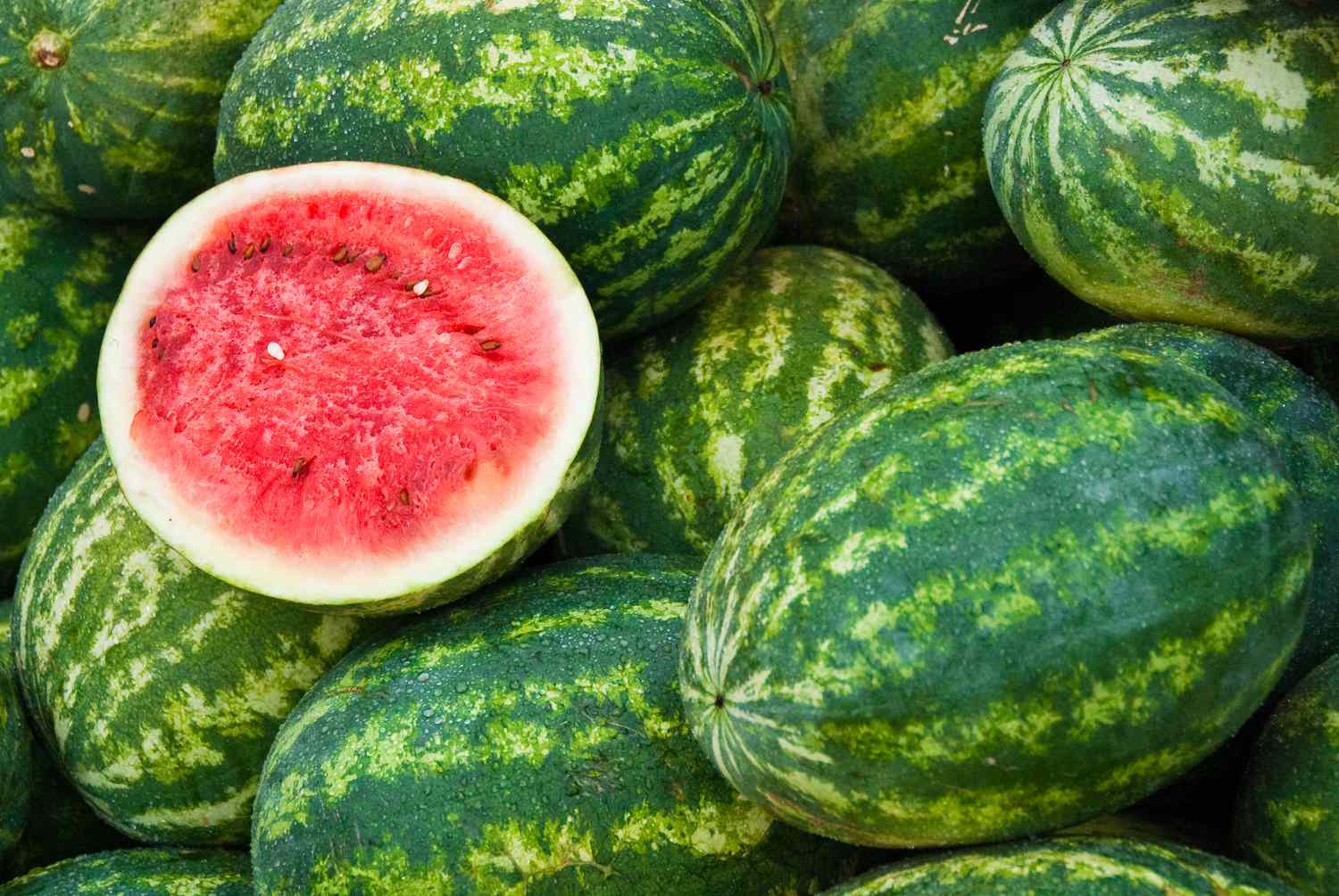

Articles
How To Store Watermelon For Winter
Modified: April 22, 2024
Learn the best methods to store watermelon for the winter and keep it fresh and juicy! Read our articles for useful tips and tricks.
(Many of the links in this article redirect to a specific reviewed product. Your purchase of these products through affiliate links helps to generate commission for Storables.com, at no extra cost. Learn more)
Introduction
Watermelon is a refreshing and delicious fruit that is a staple during the hot summer months. Its juicy and sweet flesh is a favorite among many, but what do you do when you have an abundance of watermelon and want to enjoy it even after the summer season has ended? In this article, we will discuss various methods to store watermelon for the winter, so you can enjoy this delicious fruit all year round.
Storing watermelon requires proper preparation and selection of the ripe fruit. By following the right techniques, you can preserve the flavor, texture, and juiciness of the watermelon, ensuring that it retains its taste and freshness even after months of storage.
In this article, we will explore different methods of preserving watermelon, including freezing, dehydrating, and canning. Each method has its advantages and is suitable for different preferences and needs. By learning these techniques, you can extend the lifespan of your watermelon and savor its sweet taste long after its peak season.
Whether you have a surplus of watermelon from your own garden or you simply want to take advantage of seasonal sales, storing watermelon correctly is essential to prevent wastage and make the most of this delightful fruit. So, let’s dive into the various methods of storing watermelon for the winter, from freezing juicy watermelon chunks to dehydrating flavorful watermelon slices. Get ready to enjoy the taste of summer all year round!
Key Takeaways:
- Enjoy the Taste of Summer All Year Round
Learn how to store watermelon for the winter using methods like freezing, dehydrating, and canning. Preserve the sweetness and freshness of watermelon to savor its delicious flavor long after summer ends. - Embrace Creative Storage Solutions
From freezing juicy chunks to making versatile puree, explore various methods to store watermelon. Get ready to enjoy the refreshing taste of watermelon throughout the winter months.
Read more: How To Store Watermelon
Selecting a Ripe Watermelon
When it comes to storing watermelon for the winter, selecting a ripe watermelon is crucial. A ripe watermelon ensures that you are starting off with the best quality fruit, which will preserve well and maintain its flavor during storage.
Here are some tips for selecting a ripe watermelon:
- Look for a yellow or cream-colored spot on the watermelon’s skin. This spot, known as the “ground spot,” indicates that the watermelon has ripened on the ground and is ready to be harvested. A white or green ground spot may mean that the watermelon is underripe.
- Check the weight of the watermelon. A ripe watermelon will feel heavy for its size. This indicates that it is filled with water and has a good balance of sweetness.
- Tap the watermelon with your knuckles. If it sounds hollow, it is likely ripe. If it sounds dull, it may be overripe or underripe.
- Examine the skin of the watermelon. It should have a uniform color and be free from bruises, cuts, or soft spots.
- Consider the shape of the watermelon. Most ripe watermelons have a symmetrical shape, indicating that they have developed evenly.
- Trust your instincts and use your senses. Smell the watermelon to check for a sweet aroma. If possible, taste a small portion of the watermelon to determine its sweetness and flavor.
By following these simple guidelines, you can ensure that you select a ripe watermelon that is ready for storage. Remember that a ripe watermelon will have a vibrant flavor and will preserve well, allowing you to enjoy its freshness even after several months of storage.
Preparing the Watermelon for Storage
Before you can store watermelon for the winter, it’s important to properly prepare the fruit. This step ensures that the watermelon stays fresh and maintains its quality during storage. Here are some essential steps for preparing the watermelon:
- Wash the watermelon: Start by washing the watermelon thoroughly under cool running water. This helps remove any dirt or bacteria present on the skin.
- Dry the watermelon: Use a clean towel or paper towels to dry the watermelon. Removing excess moisture from the skin will prevent the growth of mold or bacteria while in storage.
- Cut off the rind: Depending on the method you plan to use for storing the watermelon, you may need to remove the rind. For freezing or canning, it’s best to remove the rind as it can become tough and chewy after being stored. Use a sharp knife to carefully cut away the outer rind.
- Remove the seeds (optional): If your watermelon contains seeds and you prefer seedless storage, take the time to remove them. This can be done by using a spoon or a seed remover tool. Keep in mind that leaving the seeds in won’t affect the storage process, but it may make consuming the watermelon later a bit more inconvenient.
- Cut the watermelon into desired pieces: Decide how you want to store the watermelon – whether in chunks, puree, slices, or cubes. Cut the watermelon accordingly and discard any soft or overripe sections.
Properly preparing the watermelon ensures that it is ready for the chosen storage method. Removing the rind and seeds, and cutting the watermelon into desired pieces make it easier to handle and consume when you decide to use it during the winter months. Remember to use clean utensils and work surfaces during the preparation process to prevent any contamination.
Now that the watermelon is prepared, it’s time to explore the different methods of storing watermelon for the winter. Whether you prefer freezing watermelon chunks, making watermelon puree, dehydrating watermelon slices, or canning watermelon cubes, there’s a method that suits your preferences and needs. Let’s delve into the details of each storage method to help you make the best choice for preserving the flavor and freshness of your watermelon.
Freezing Watermelon Chunks
Freezing watermelon chunks is a popular method for preserving the freshness and sweetness of the fruit. Frozen watermelon chunks can be used in smoothies, sorbets, or enjoyed as a refreshing frozen treat on a hot day. Here’s a step-by-step guide on how to freeze watermelon chunks:
- Start by cutting the watermelon into bite-sized chunks. Remove the rind and seeds, if desired.
- Place the watermelon chunks on a baking sheet lined with parchment paper or a silicone mat. Make sure the chunks are spread out in a single layer, without touching each other.
- Place the baking sheet with the watermelon chunks in the freezer and allow them to freeze completely. This usually takes about 2-3 hours, depending on the size of the chunks and the temperature of your freezer.
- Once the watermelon chunks are frozen solid, transfer them to an airtight container or a freezer bag. Make sure to label the container with the date of freezing to keep track of its freshness.
- Return the container to the freezer for long-term storage.
Frozen watermelon chunks can be stored in the freezer for up to 6 months. When you’re ready to use the frozen watermelon, simply take out the desired amount and thaw it in the refrigerator or at room temperature. The thawed watermelon chunks can be enjoyed as is or used in various recipes.
It’s worth noting that frozen watermelon chunks may lose some of their texture and become slightly mushy upon thawing. However, they will retain their delicious flavor and can still be used in smoothies or other blended preparations. If you prefer to maintain the texture of the watermelon, you might consider other storage methods such as dehydrating or canning.
Freezing watermelon chunks is a convenient way to enjoy the taste of summer all year round. It allows you to add a burst of refreshing sweetness to your favorite recipes, even during the winter months when fresh watermelon is not readily available.
Storing Watermelon Puree
Another excellent method for storing watermelon for the winter is by making watermelon puree. Watermelon puree serves as a versatile base for various recipes, including beverages, popsicles, and desserts. Here’s how you can store watermelon puree:
- Start by cutting the watermelon into chunks or removing the rind and seeds, if desired.
- Place the watermelon chunks in a blender or food processor and blend until smooth. If needed, you can add a small amount of water to help with the blending process.
- Pour the watermelon puree into clean, airtight containers or ice cube trays. Leave some space at the top of the container to account for expansion during freezing.
- Seal the containers tightly and label them with the date of preparation.
- Place the containers or ice cube trays in the freezer and allow them to freeze completely.
- Once frozen, transfer the watermelon puree cubes or containers to a freezer bag for organized storage.
- Return the bag to the freezer for long-term storage.
Watermelon puree can be stored in the freezer for up to 6 months. When you’re ready to use the puree, simply defrost the desired amount in the refrigerator overnight or under cold water. The thawed watermelon puree can be used in a variety of recipes, such as refreshing watermelon juices, sorbets, fruit salads, or even as a topping for pancakes or waffles.
The advantage of storing watermelon puree is that it provides maximum versatility in using the fruit. You can easily incorporate the puree into your favorite recipes without any textural changes that may occur with freezing chunks.
Whether you’re craving a watermelon-infused beverage or a fruity dessert, having watermelon puree on hand allows you to enjoy the flavors of summer all year long.
Read more: How To Store Half A Watermelon
Dehydrating Watermelon Slices
Dehydrating watermelon slices is a great way to preserve the fruit’s natural sweetness and create a delicious and healthy snack that can be enjoyed throughout the year. Dehydrated watermelon slices have a chewy texture and a concentrated flavor, making them a perfect option for those who prefer a more portable and shelf-stable storage method. Here’s how to dehydrate watermelon slices:
- Start by cutting the watermelon into slices of about 1/4 to 1/2 inch thickness. Remove the rind and seeds, if desired.
- Place the watermelon slices on a dehydrator tray in a single layer, ensuring that they do not overlap.
- Set the dehydrator to a temperature of around 135°F (57°C) and allow the slices to dehydrate for approximately 8 to 12 hours. The exact time may vary depending on the thickness of the slices and the efficiency of your dehydrator.
- Check the slices periodically for dryness. They should be pliable and slightly sticky, but not overly moist or damp to the touch.
- Once the watermelon slices are fully dehydrated, remove them from the dehydrator and let them cool completely.
- Store the dehydrated watermelon slices in airtight containers or sealed plastic bags. Make sure to label them with the date of dehydration.
- Place the containers or bags in a cool, dry place away from direct sunlight.
Dehydrated watermelon slices can be stored for several months. They make a convenient snack that can be enjoyed on its own or used in recipes like granola, trail mix, or homemade fruit bars. You can also rehydrate the slices by soaking them in water or juice before using them in desserts or adding them to recipes.
By dehydrating watermelon slices, you can savor the natural sweetness of watermelon throughout the year, regardless of the fruit’s seasonality.
Store watermelon for winter by cutting it into small cubes or balls, removing seeds, and freezing them in a single layer on a baking sheet. Once frozen, transfer to a freezer bag for long-term storage.
Canning Watermelon Cubes
Canning watermelon cubes is a fantastic method for preserving the fruit’s juiciness and flavor while ensuring a longer shelf life. Canned watermelon cubes can be used in various recipes or enjoyed on their own as a refreshing snack. Here’s a step-by-step guide on how to can watermelon cubes:
- Start by preparing the watermelon. Cut it into cubes of your desired size, removing the rind and seeds if preferred.
- In a large pot, prepare a simple syrup by combining water and sugar. The ratio typically used is 1 part water to 2 parts sugar, but you can adjust the sweetness according to your preference. Bring the syrup to a boil, stirring until the sugar is fully dissolved.
- Add the watermelon cubes to the pot of boiling syrup. Cook them for a few minutes until they become slightly tender, but be careful not to overcook them as they can become mushy.
- While the watermelon cubes are cooking, sterilize your canning jars and lids by boiling them in a separate pot of water for a few minutes. Remove them from the water and let them air dry.
- Using a canning funnel, carefully pack the hot watermelon cubes into the sterilized jars, leaving about ½ inch headspace at the top.
- Pour the hot syrup over the watermelon cubes in each jar, ensuring that the cubes are fully covered and the syrup reaches the recommended headspace.
- Remove any air bubbles by running a non-metallic utensil along the sides of the jar.
- Wipe the rim of each jar with a clean, damp cloth to remove any syrup residue.
- Place the sterilized lids onto each jar and screw on the bands until they are fingertip tight.
- Process the jars in a boiling water bath canner for the recommended time according to your elevation and jar size. This will help create a seal and ensure the long-term preservation of the watermelon cubes.
- After processing, carefully remove the jars from the canner and let them cool on a towel-lined countertop.
- Once cooled, check the seals by pressing down on the center of each lid. If it does not pop back, the jar is sealed properly. Any unsealed jars should be refrigerated or reprocessed immediately.
- Store the sealed jars in a cool, dark place and consume within 1 to 2 years for the best quality.
Canned watermelon cubes make a delicious and convenient ingredient for desserts, fruit salads, or even as a standalone treat. The canning process helps preserve the fruit’s natural juiciness, allowing you to enjoy the taste of summer all year round.
Now that you know how to can watermelon cubes, you can experiment with different recipes and have the vibrant flavor of watermelon easily accessible whenever you desire.
Properly Packaging and Labeling Frozen Watermelon
Once you have frozen watermelon chunks, it is important to properly package and label them to ensure their quality and easy identification. Proper packaging helps prevent freezer burn and maintains the flavor and texture of the watermelon. Here’s how you can package and label your frozen watermelon:
- Use freezer-safe containers: Opt for sturdy, airtight containers that are designed for freezer storage. Alternatively, you can use heavy-duty freezer bags that are specifically made to withstand low temperatures.
- Portion the watermelon chunks: Divide the frozen watermelon into smaller portions based on your needs. This allows for easier removal and thawing of the desired amount without needing to defrost the whole batch.
- Fill the containers: Fill your chosen containers with the watermelon chunks, leaving about 1/2 inch of headspace at the top to allow for expansion during freezing.
- Remove excess air: If using freezer bags, squeeze out as much air as possible before sealing. If using containers, press down gently to remove any trapped air bubbles.
- Seal tightly: Ensure that containers or bags are tightly sealed to prevent moisture and air from entering, which can lead to freezer burn.
- Label the packages: Use a marker or label to write the date of freezing on each package. This will help you keep track of how long the watermelon has been frozen, allowing you to prioritize older batches.
- Add additional information (optional): Consider including additional information on the label such as the type of watermelon or any special notes that may be relevant, such as the sweetness level or any added ingredients.
- Organize and stack: Place the packaged watermelon chunks in an organized manner in your freezer, stacking them neatly to optimize space.
Properly packaging and labeling your frozen watermelon not only helps maintain its quality but also makes it easier to locate and use in the future. Additionally, having the dates labeled allows you to prioritize consuming the older batches first to ensure the freshest taste.
Remember to always handle frozen watermelon with clean hands or utensils to maintain its hygiene. By taking these simple steps, you can enjoy the goodness of frozen watermelon with minimal hassle and maximum flavor, whenever you desire.
Storing Watermelon in the Refrigerator
If you’re looking for a shorter-term storage solution for your watermelon, storing it in the refrigerator is a simple and effective method. When stored properly, watermelon can stay fresh and delicious in the refrigerator for up to a week. Here’s how to store watermelon in the refrigerator:
- Choose a whole, uncut watermelon: Select a watermelon that is firm, heavy for its size, and has a uniform shape.
- Keep the watermelon uncut until ready to consume: It’s best to store the watermelon in its whole form until you are ready to enjoy it. Cutting the watermelon exposes the flesh to air and hastens its deterioration.
- Store in a cool place: Find a suitable spot in your refrigerator that is between 40-50°F (4-10°C). It should be away from any ethylene-producing fruits, as ethylene can accelerate the ripening process of the watermelon.
- Wrap the watermelon: To prevent moisture loss and maintain freshness, you can choose to wrap the watermelon in plastic wrap or place it in a plastic bag. This will also help prevent any odors from being absorbed by the fruit.
- Keep separate from other fruits and vegetables: Watermelon can emit ethylene gas, which can cause other produce nearby to ripen and spoil faster. Keep the watermelon stored separately to prevent premature spoilage.
When you are ready to enjoy the watermelon, simply rinse it under cool water before cutting it into slices or serving it as desired. The chilled watermelon slices will be refreshing and perfect for cooling down on a hot day or as a healthy snack anytime.
Please note that storing watermelon in the refrigerator for too long can cause its texture to become mushy and affect its flavor. If you are unable to consume the entire watermelon within a week, consider exploring other storage methods, such as freezing or canning, to extend its shelf life.
Storing watermelon in the refrigerator is a convenient way to keep it fresh and chilled for immediate consumption. Enjoy the juicy and refreshing taste of watermelon whenever you want by following these simple storage guidelines.
Read more: How To Store Watermelon Seeds
Storing Watermelon in a Cool, Dark Place
While refrigeration is a commonly used method for storing watermelon, another option is to store it in a cool, dark place. This method is particularly useful when you don’t have refrigerator space or prefer to keep the watermelon outside of the fridge. Here’s how to store watermelon in a cool, dark place:
- Choose a whole, uncut watermelon: Select a watermelon that is firm, heavy for its size, and has a uniform shape. Avoid any watermelons with soft spots or signs of decay.
- Keep the watermelon uncut until ready to consume: It’s best to store the watermelon in its whole form until you are ready to enjoy it. Cutting the watermelon exposes the flesh to air and hastens its deterioration.
- Find a suitable storage spot: Look for a cool, dark place in your home, such as a pantry, basement, or a shelf in a cool cabinet. The ideal temperature for storing watermelon is around 50-60°F (10-15°C).
- Protect it from direct light: Light can degrade the quality of the watermelon, so it’s important to keep it in a location where it’s shielded from direct sunlight or artificial light sources.
- Place a towel or mat under the watermelon: Using a towel or mat as a cushion underneath the watermelon can help protect it from any potential moisture or temperature fluctuations. Make sure the towel or mat is clean and dry.
- Avoid placing it near ethylene-producing fruits: Watermelon is sensitive to ethylene gas, which is released by certain fruits like bananas, apples, and peaches. Keep the watermelon away from such fruits to prevent premature ripening and spoilage.
- Regularly check the watermelon: Periodically inspect the watermelon for any signs of decay, such as mold or soft spots. If you notice any deterioration, it’s best to consume or process the watermelon promptly.
When you’re ready to enjoy the watermelon, rinse it under cool water and cut it into slices or serve it as desired. The cool and sweet flesh of the watermelon will be a refreshing treat.
It’s important to note that storing watermelon in a cool, dark place may not extend its shelf life as long as refrigeration or other preservation methods like freezing or canning. Therefore, it’s recommended to consume the watermelon within a week or consider alternative storage methods if you anticipate needing more time.
Storing watermelon in a cool, dark place allows you to keep it outside of the refrigerator while preserving its freshness. Enjoy the succulent and juicy taste of watermelon whenever you desire by following these simple storage guidelines.
Conclusion
Storing watermelon for the winter allows you to enjoy the taste of this delicious fruit long after its peak season. Whether you choose to freeze watermelon chunks, make watermelon puree, dehydrate watermelon slices, can watermelon cubes, or store it in the refrigerator or a cool, dark place, each method offers its own unique benefits and preservation techniques. By following the proper preparation, packaging, and storage guidelines, you can maintain the flavor, freshness, and texture of watermelon for extended periods of time.
When selecting a ripe watermelon, look for vibrant color, a sweet aroma, and a heavy weight. Preparing the watermelon by washing it, cutting it into desired pieces, and removing the rind or seeds, sets the stage for successful storage. Freezing watermelon chunks and storing them in airtight containers or freezer bags offers a convenient option for blending into smoothies or using in frozen desserts. Watermelon puree, made by blending the fruit and freezing it in containers or ice cube trays, provides a versatile base for various recipes. Dehydrating watermelon slices creates chewy, concentrated snacks that are perfect for on-the-go enjoyment. Canning watermelon cubes in a syrup solution preserves the fruit for longer periods and offers a delicious addition to recipes.
Properly packaging and labeling frozen watermelon helps maintain its quality and makes it easy to locate in the freezer. Storing watermelon in the refrigerator provides a short-term storage solution, while storing it in a cool, dark place is an alternative option when refrigerator space is limited or preferred. Each method has its advantages and can be tailored to suit your needs and preferences.
By choosing the most suitable storage method for your watermelon, you can savor its sweetness, enjoy its refreshing taste, and have the essence of summer available throughout the year. Whether you’re adding frozen watermelon to a smoothie, incorporating watermelon puree into desserts, using dehydrated watermelon slices as a portable snack, enjoying canned watermelon cubes in recipes, or simply indulging in the chilled slices straight from the refrigerator, storing watermelon for the winter ensures you can continue enjoying this beloved fruit long after its season has ended.
So, don’t let a surplus of watermelon go to waste. Embrace the various storage methods, get creative in the kitchen, and let the flavors of watermelon brighten up your winter days!
Frequently Asked Questions about How To Store Watermelon For Winter
Was this page helpful?
At Storables.com, we guarantee accurate and reliable information. Our content, validated by Expert Board Contributors, is crafted following stringent Editorial Policies. We're committed to providing you with well-researched, expert-backed insights for all your informational needs.
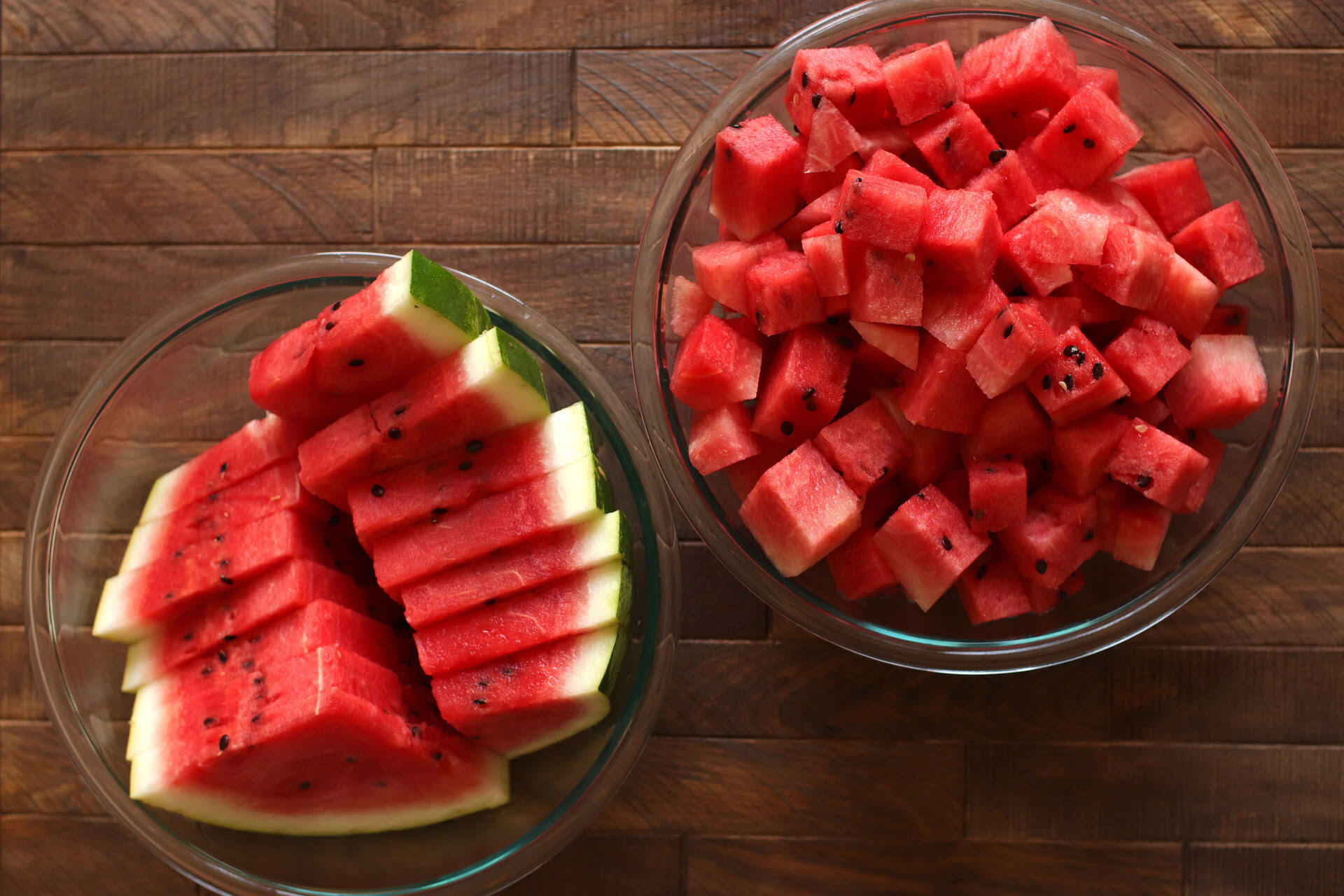
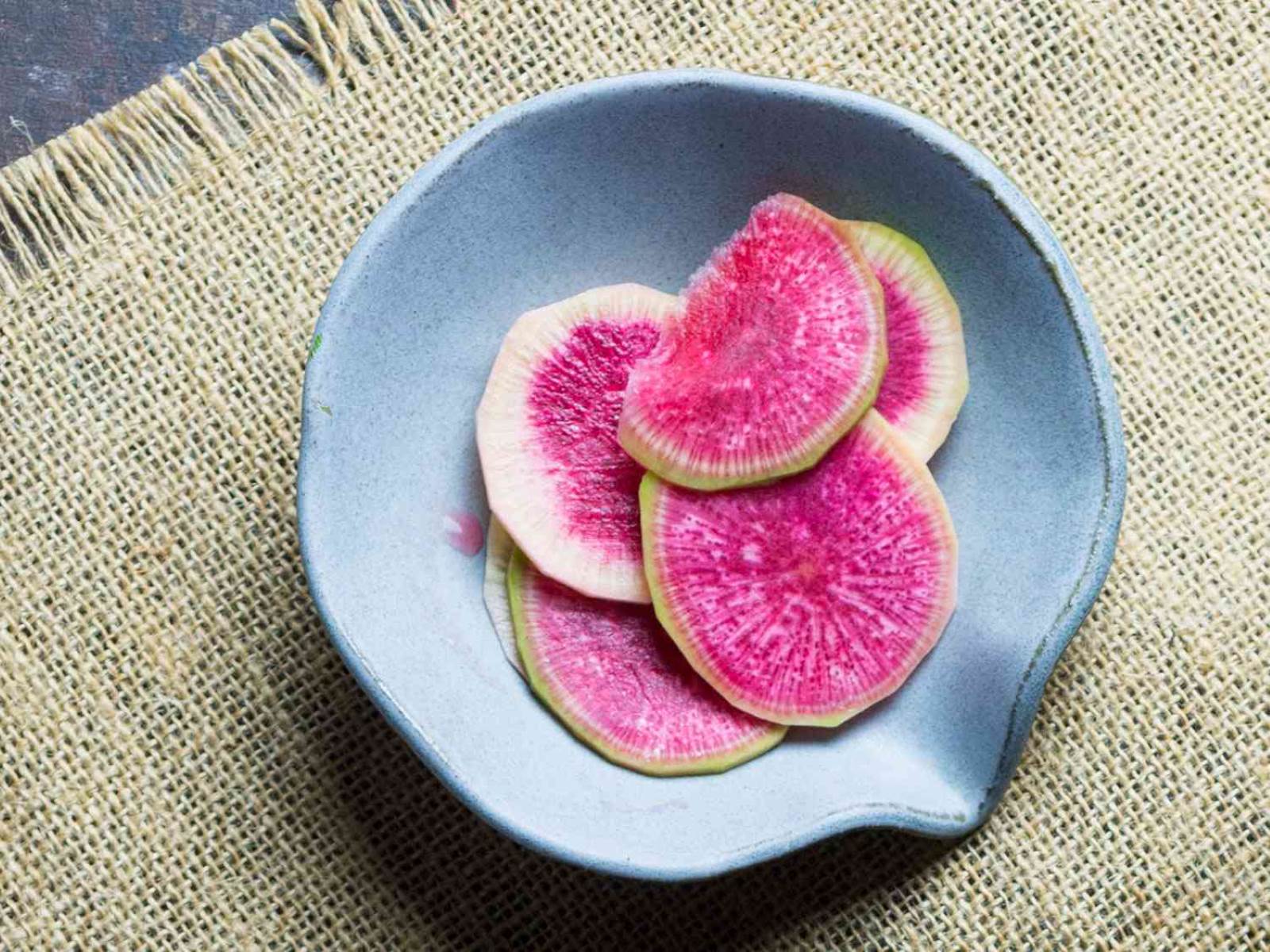
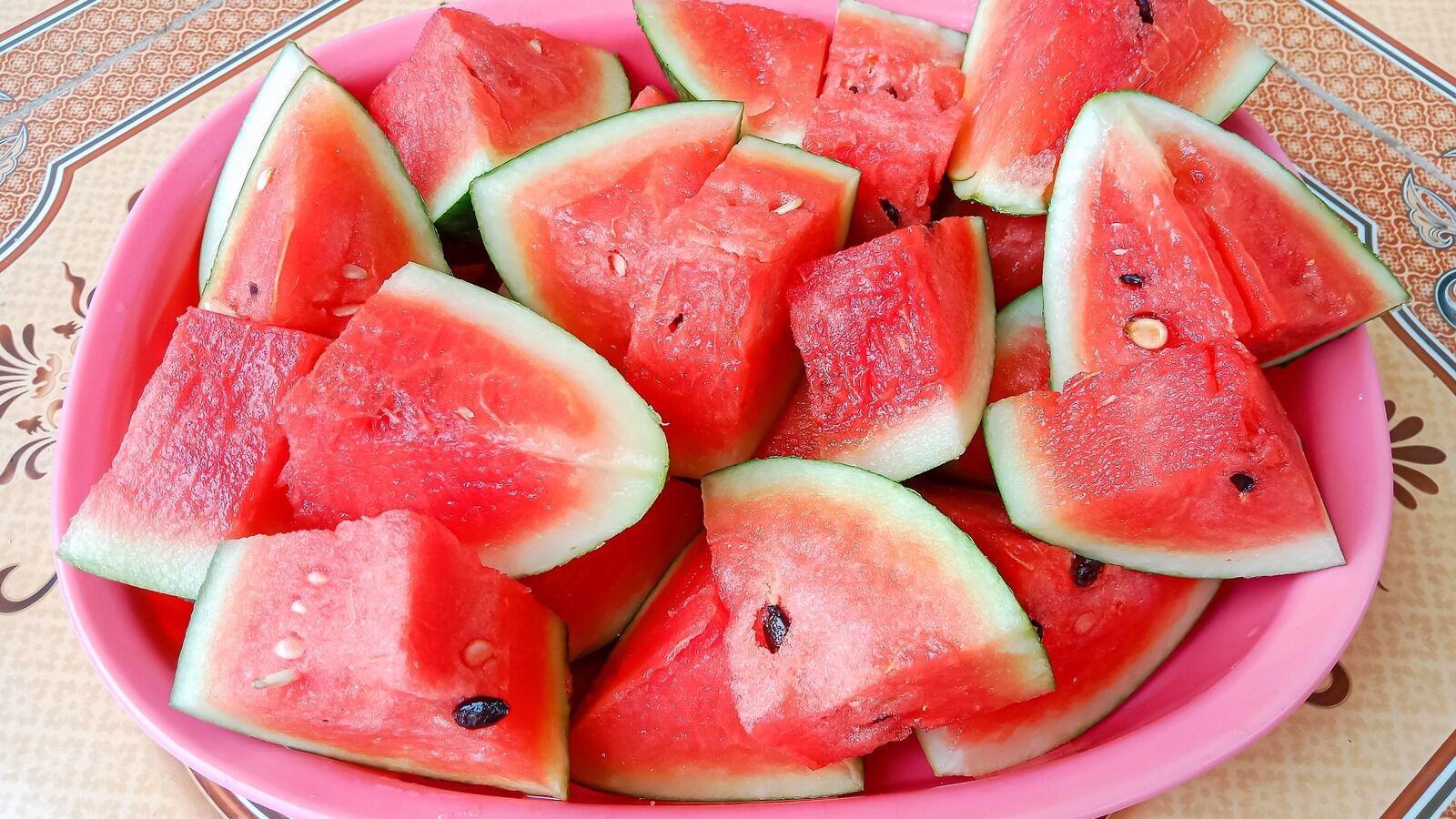
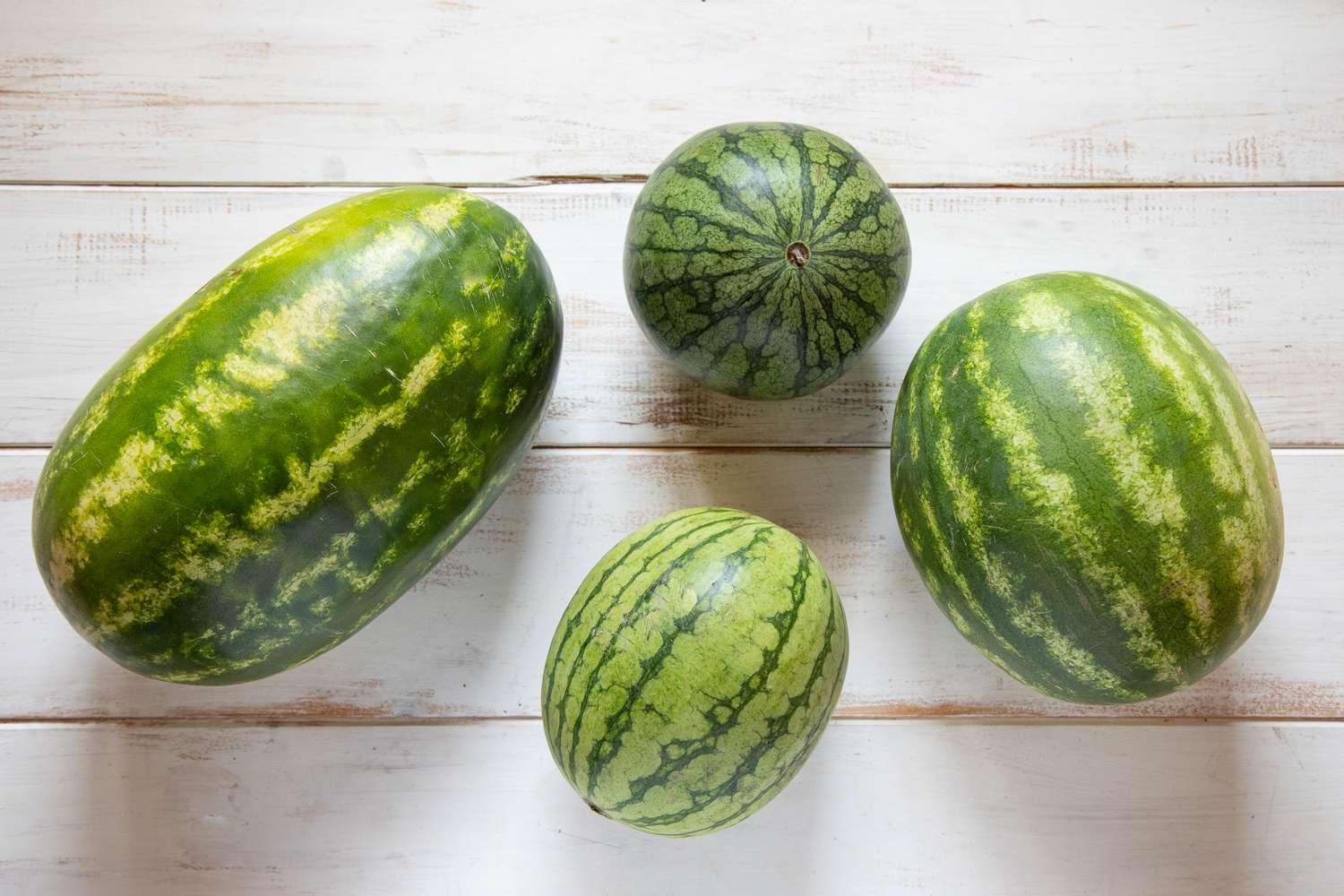



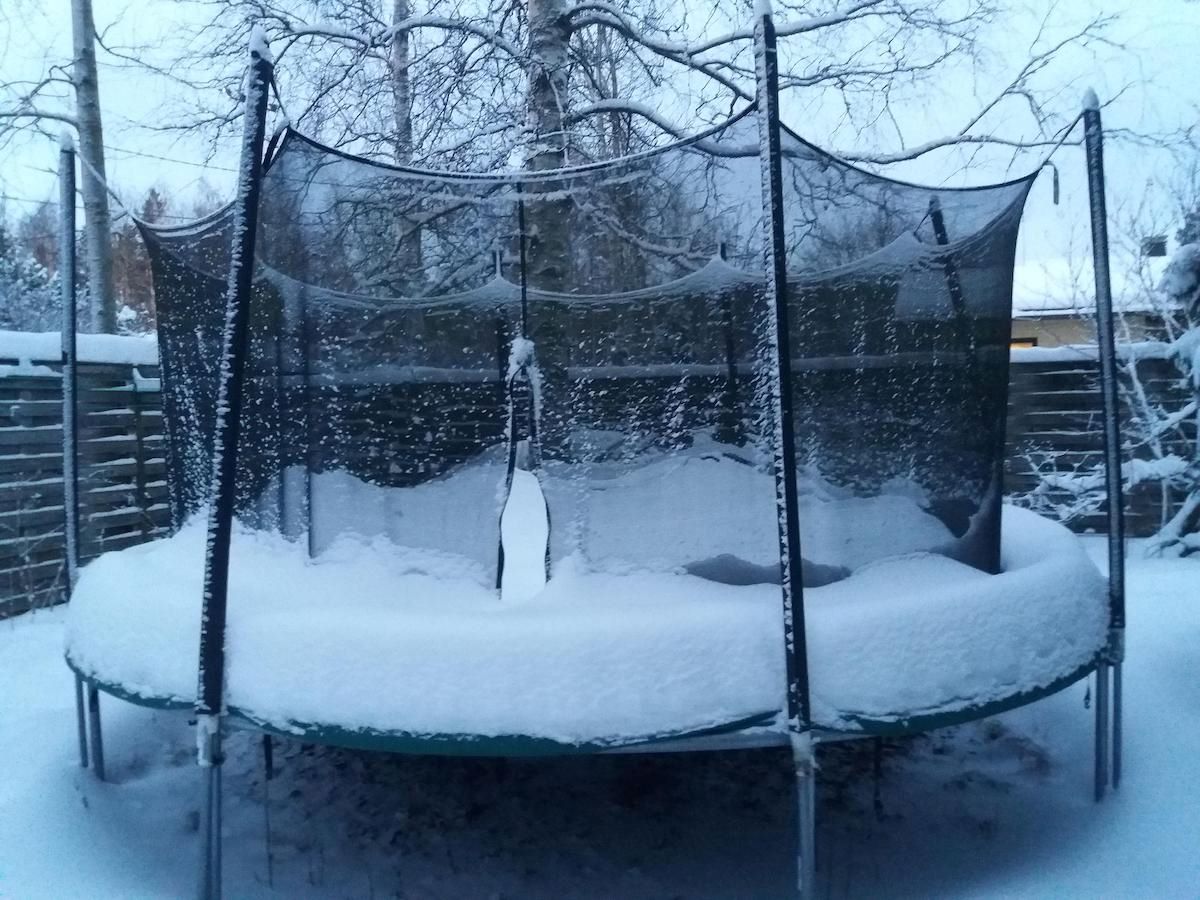



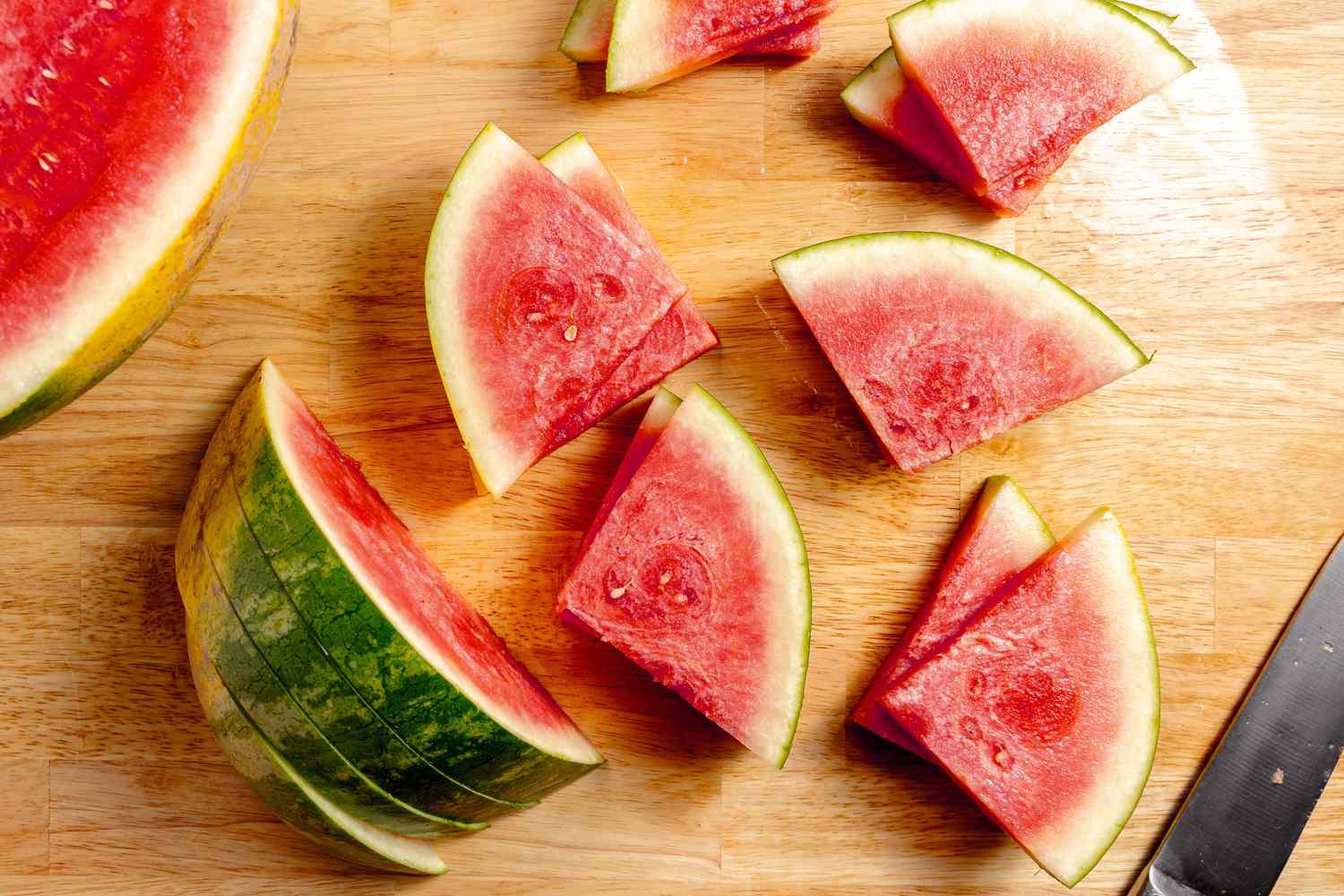
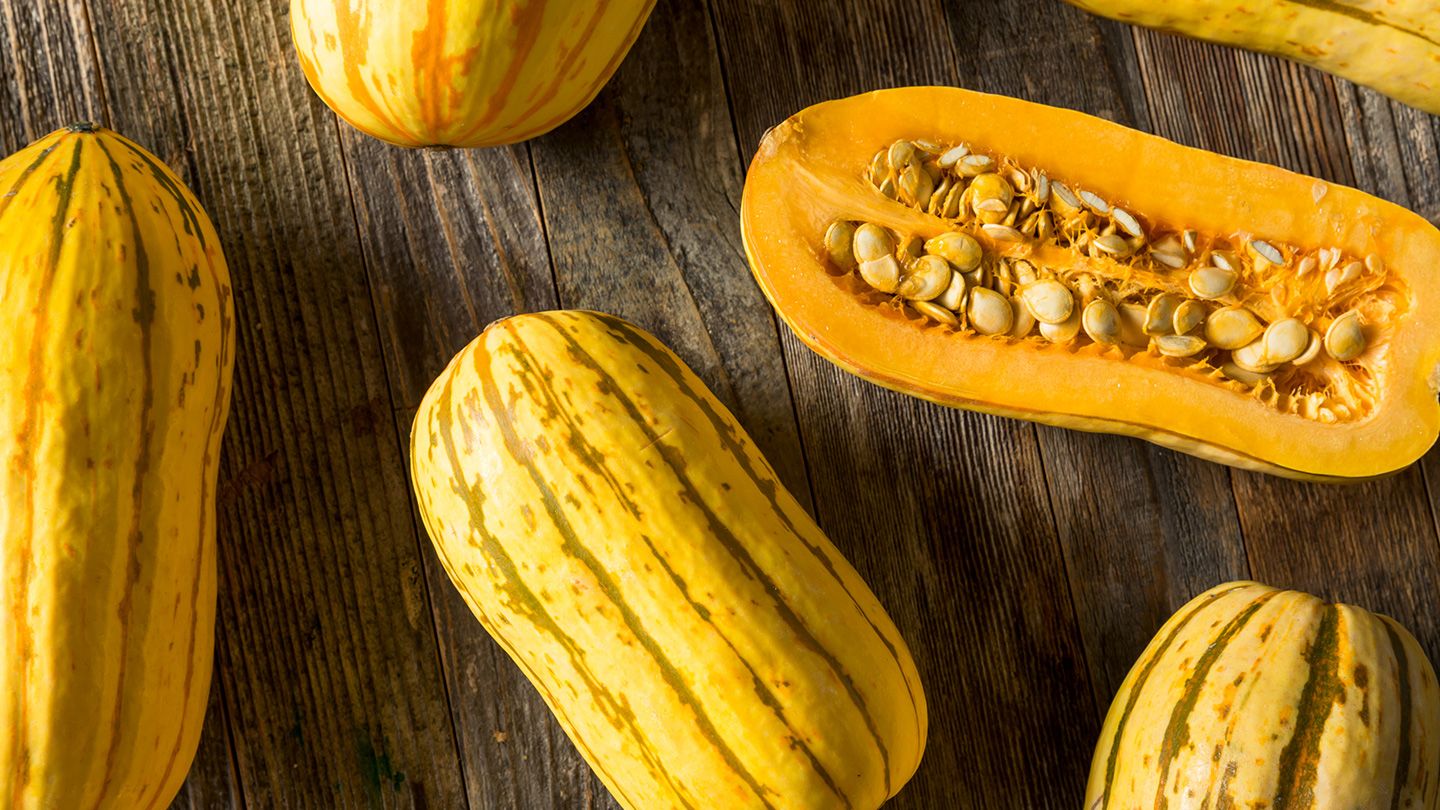

0 thoughts on “How To Store Watermelon For Winter”